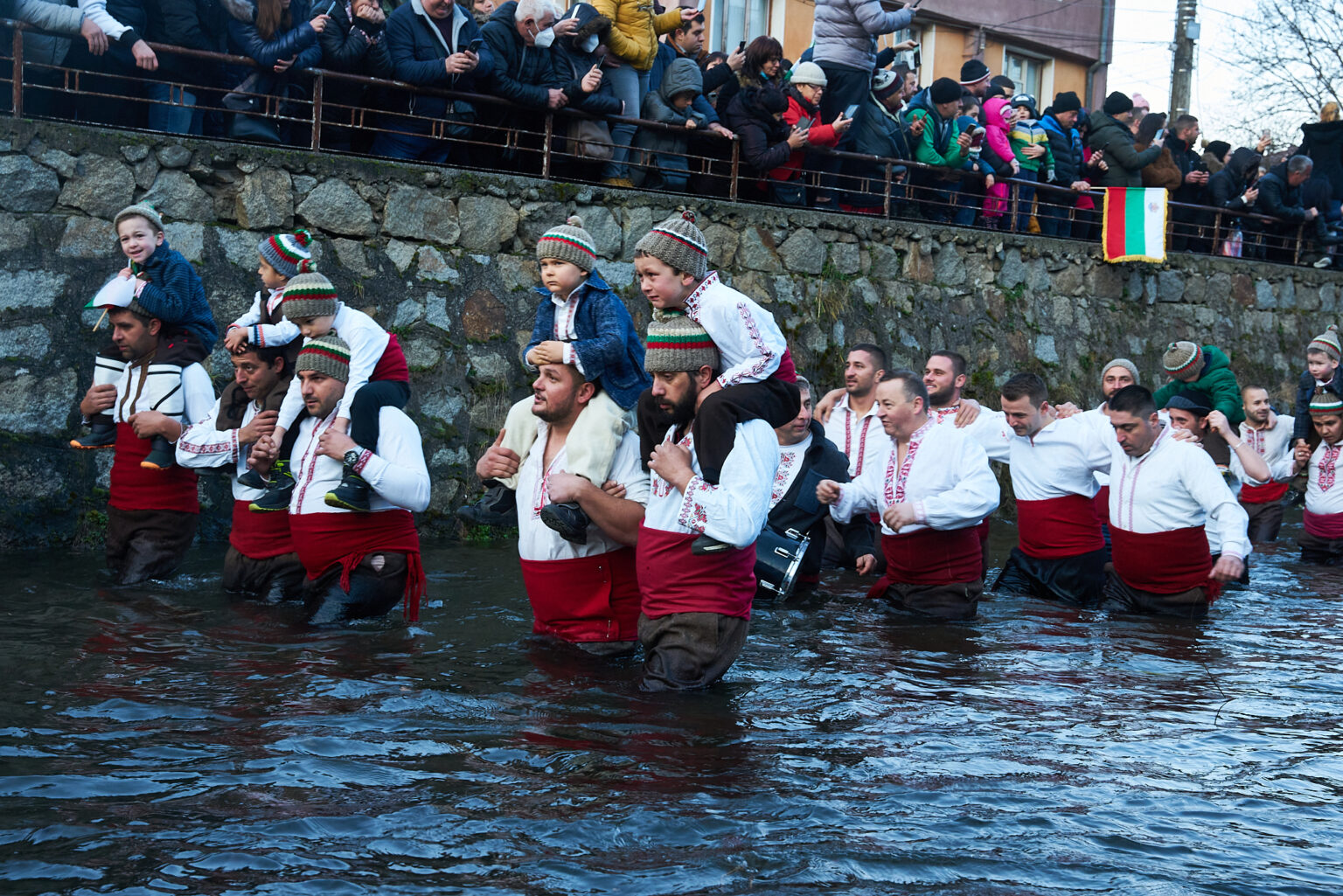
This will be a follow-up to the previous post, Focusing on the Process. I recently I ran into some applicable elements from that post. In particular, I was challenged to accept what is in my control and working with that. However, there were some elements of prioritizing the process as well. If you haven’t read that post, I suggest you take a moment to familiarize yourself with the ideas in this post.
Here’s the link: Focusing on the Process.
Focus on the Process: Yordanovden
Yordanovden, celebrated on January 6 in Bulgaria, is to celebrate the day John the Baptist baptized Jesus Christ in the Jordan River. One of the traditions, around Bulgaria, is for boys and men to enter a river to retrieve a cross, which is thrown into the water. It is believed that whoever retrieves the cross will be healthy and will find success in life. The brave men who enter the cold waters then perform a men’s horo, a type of circle dance originating in the Balkans, and splash water on the onlookers for health.
I was talking to a friend and he kindly offered to drive me to a village, Kalofer, to photograph the river event. I explained why I would like to depart for Kalofer early, to beat the crowd, so that I could get a good location to shoot from.
If this was a monthly event or something that happened more frequently it’s less of an issue. However, since this only happens once a year I preferred to make sure I was there early and in position before everyone else. Even if taking photos wasn’t my intent, I knew if we showed up late the crowd would make it difficult to see anything.
My friend agreed, but, as I unfortunately expected, he arrived late to pick me up. We got to the village just as the event was beginning. As always, on Yordanovden, the banks on both sides of the river were packed with people. The main section where the horo takes place was a complete mess.
Standing a massive 5’6” (for those of you who prefer meters or cm…I’d know, sorry, um I’m short, but I’m a respectable height for a Cambodian, thank you very much!) I knew there was no chance of seeing anything at the main section. Furthermore, there was certainly no chance I was getting photos from there.
So, I crossed the bridge and wandered through the crowd until I came to a small footbridge with a mini shack attached. People were standing along the edge of the bank on both sides of the shack. However, there was a small gap big enough for a petite Asian to wiggle through. Being the petite Asian man that I am, I accepted the challenge. I crawled under the crowd and popped an “Asian squat” (see photo below) underneath the bridge. Fortunately, I had on my waterproof hiking shoes as I was partially standing in the river.
Now, from the location under the bridge I didn’t see the cross nor the horo or the water splashing festivities. I’ll admit I was frustrated and a bit disappointed, especially since I woke up a well before my self-declared “too damn early” hour. However, this did become a perfect example of prioritizing the process and focusing on what I could control.
English
“>
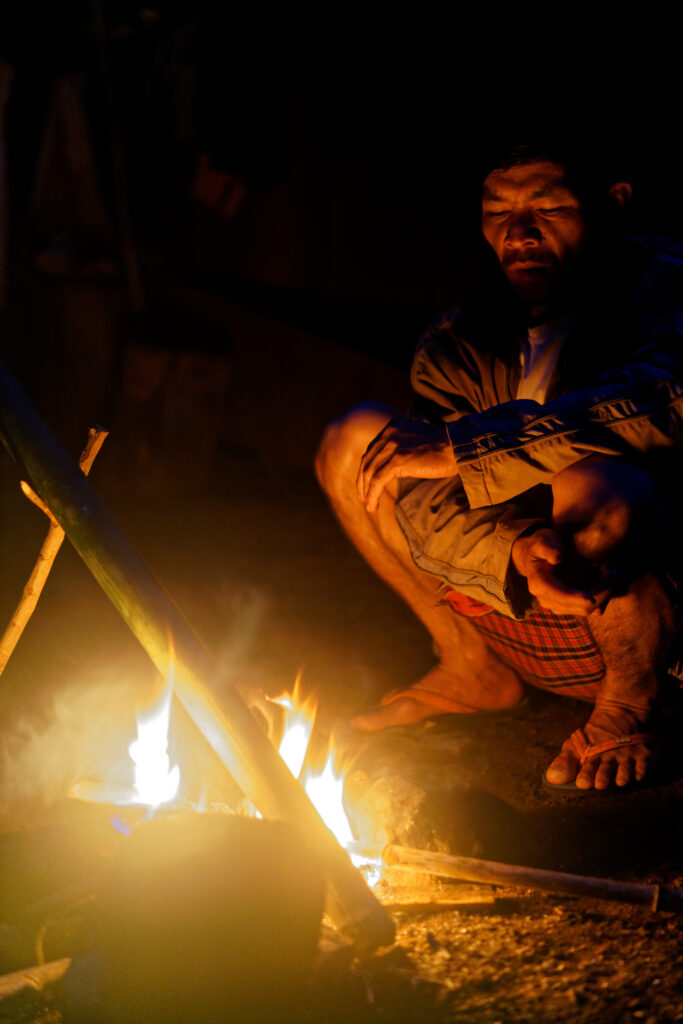
What Can you Control?
Let’s start with the control. If you remember from the last post, there are three categories of control that can be helpful to consider. Those categories of control are; complete control, partial control, and no control. There are a lot of factors that could go into these categories, but I’ll focus on a few, essentially the main ones that impacted me.
English
Partial Control
– I had partial control over when we left and arrived at the village. I made a request for a departure time, but I could not control when he would actually arrive to pick me up. So, in a way this was out of my control. Since we did have a late departure and arrival, a lot became out of my control.
– So, there was a crowd. Sure, I could have asked people to let me up front, but that was an unlikely request to be granted. And the other people’s response would be out of my control.
English
“>
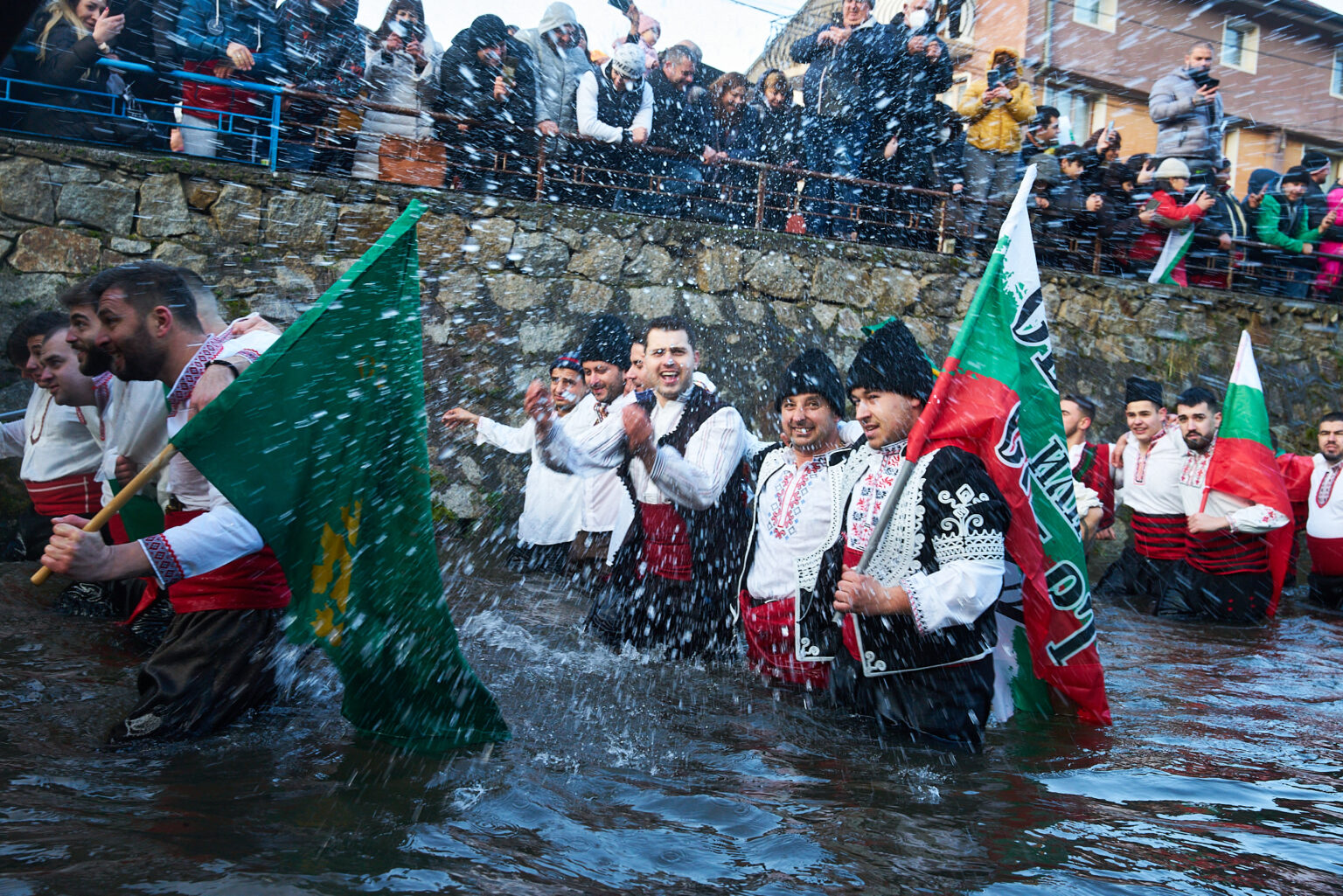
No Control
– As mentioned, the actual depart time was out of my control.
– I had no control of the other onlookers. Other people wanted to witness the event as well. The only way to overcome that would have been arrive early, which was an irrelevant point by the time I arrived.
– As obvious as it is to say, I couldn’t control the environment. There were limited physical space and locations from which to shoot from to observe everything.
Complete Control
– First, what I could control was my mindset. That was probably the most important. It does not good to worry about what can’t be changed or were out of my control. We were late. There was a crowd. I could enjoy the moment and overall environment. Move forward rather than be upset. Sure, frustration and disappointment is natural and acceptable. However, there is no reason to let those emotions take away from the opportunities that still exist. Better to focus on the opportunities I had, not what I didn’t have, wished I had, or missed out on.
– Next, I could find a way to get some kind of photos one way or another. I could capture whatever I could while I was there. This is where accepting that you won’t get what you planned and winging it comes into play. Explore and try to get creative. I just kept looking until I saw the small space for me to crawl under. I know I’m comfortable crouching beneath a bridge in the water.
English
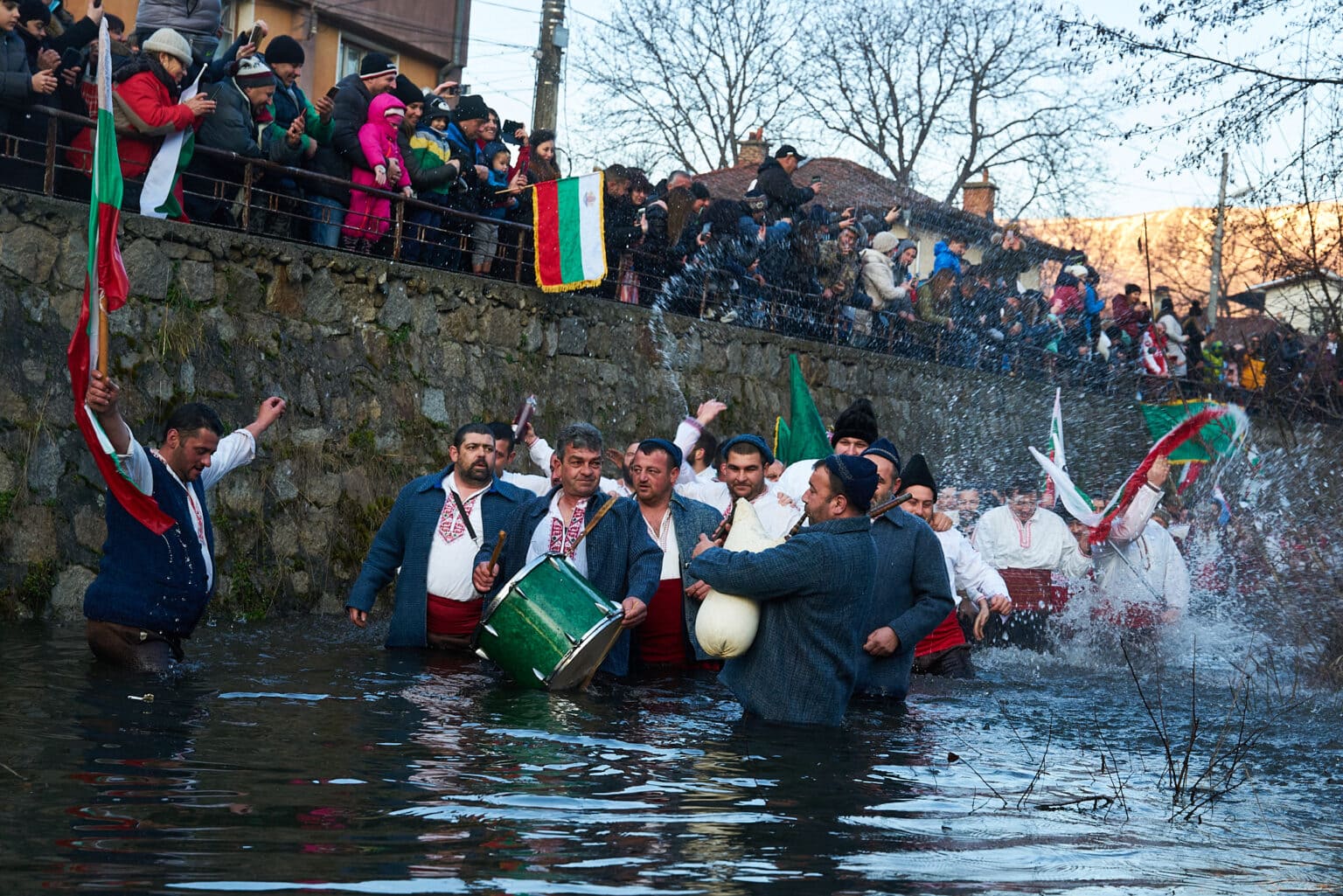
Prioritizing the Process
– This connects to the mindset as well. Focus on the moment. The past is the past and the future is the future. The past and present do influence the present, but over emphasis on those can limit your appreciation, happiness and efficiency in the moment.
For example, the future can dictate our present actions. We may have deliverables or goals we are trying to achieve. And so keeping those things in mind are important we still want to focus our attention on the present so that we can best achieve those goals.
Afterthoughts
Just to share some to the things I like to consider after shooting. This isn’t everything, but it will give you a pretty good idea and maybe there is something you can take from it.
English
General Considerations
Get some shots from under the bridge and then move to find other angles? Or accept the shots I got and the front row view like a troll under a bridge?
I went the bridge troll route. I assumed that with the amount of people and everyone progressively moving with the men in the river the massing of the crowd would just get worse. I might as well accept what I got and stay put.
What Worked Out Well
– Had good company on the trip.
– Was able to enjoy the experience.
– I prepped my equipment the night before and was ready to go.
– Found ways to get some shots despite less than ideal circumstances.
– Wore waterproof shoes.
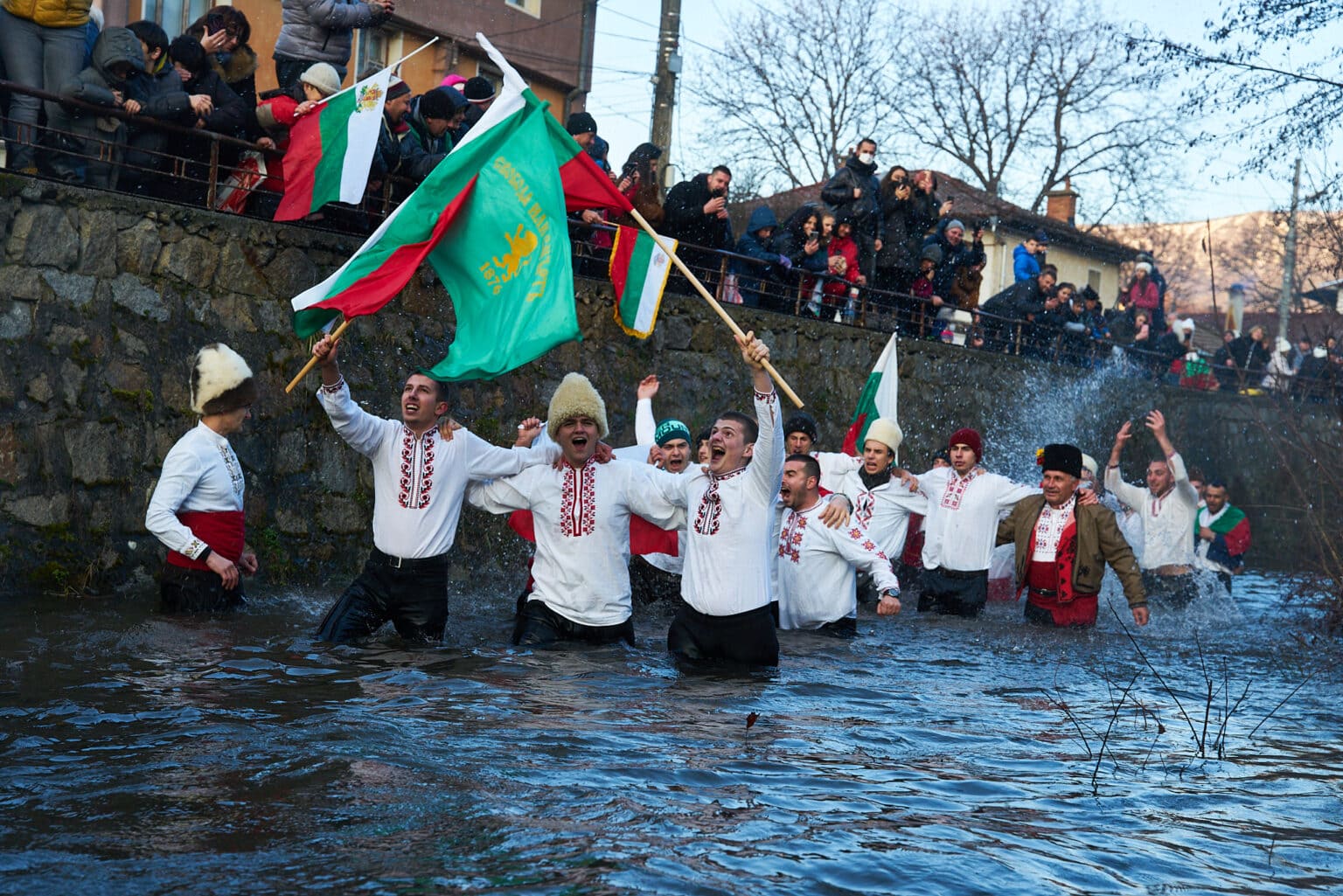
What Could Have Worked Out Better
– Obviously, try to make sure we leave on time to arrive early. Things kind of snowballed from there. Perhaps I could have done a better job of explaining why it is important for me. Although still out of my control if depending on someone else.
– Purchase freshly baked chocolate kifli (a type of sweet bread roll) instead of prepackaged ones the night before.
Additional Lessons Learned...Or Reinforced
– In general, I don’t like to take photos in the company of non-photographers unless they really truly accept my process and goals for the day. It just avoids unnecessary pressure and stress. I didn’t have issues with this friend, but it’s important to make your intentions clear and make sure anyone you are with truly understands. This can help avoid stress and upset/annoyed friends impatiently waiting for you.
– I also prefer not to depend on others for transportation when photography is the goal. However, this is not always possible and sometimes you have to make do. Try to emphasize your needs and desires so the other person can try to accommodate them. Things may not always work out as you intended, but still be thankful and empathize with them.
– Since I wasn’t able to see the main part of the event, I was free to take in the moment a bit more. Get shots of what I could and then relax and watch what was going on around me.
– One thing I didn’t mention in the previous post, Focusing on the Process, don’t get sucked into checking your previous shots all the time. This can be different depending on the type of photography, but when working quickly (street photography, events, etc.) resist the urge to check your LCD (assuming your camera has one) after every single shutter click. Quick peeks here and there are one thing. But don’t spend too much time staring at the little screen. You probably won’t be able to see all imperfections anyway. And it just takes away from the process. When you check your LCD you are more concerned with what happened and what you captured, the past, rather than what is happening now and what you can capture, the present.
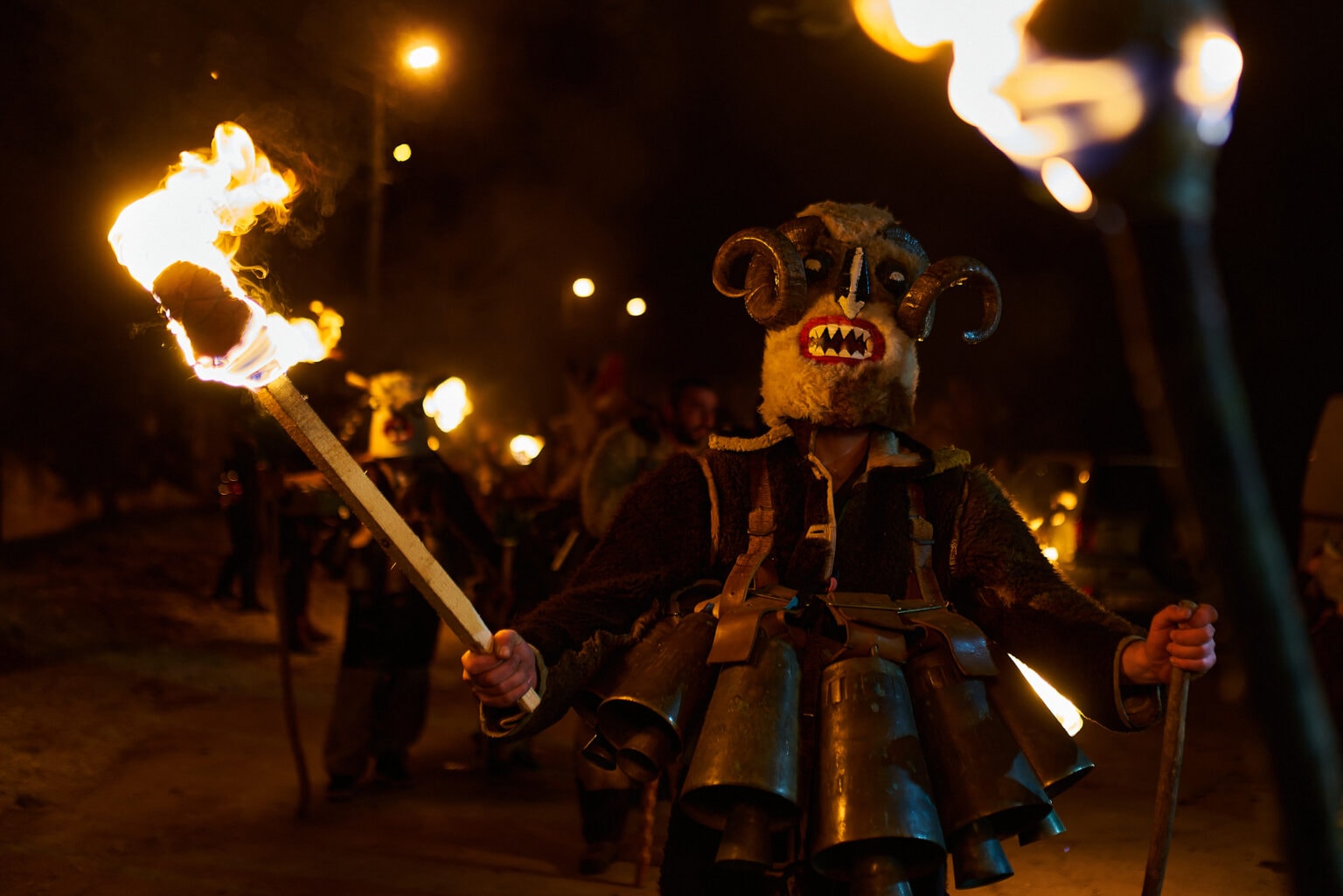
Final Word
Hopefully, this helped clarify a bit from the previous post. This was also an opportunity to share how I try apply some of those ideas. I still run into issues and have to consider these concepts myself.
Even more recent than Yordanovden, I took a quick trip to a village to shoot a small event traditionally meant to chase away evil spirits. Given the timing issues of the Yordanovden event I opted to travel by myself by train and, assuming the trains were on time, I would have a bit more control over the arrival time. Of course, I managed to make a bit of a mistake on the train, but I made the event on time.
I’m not sure I’ll write about this particular kukeri event, but I’ll be uploading some photos on Instagram and here on the website as well.
It’s easy to get absorbed in taking photos while at an event. Not just for large, exuberant events. But also family events, small occasions, everyday moments in life, a sunset, or whatever. The more you learn to apply elements of these concepts discussed, in daily life and in photography, the more effective they can be to support your work and your personal fulfillment and happiness.
If you’re interested, I’ve posted some more photos from the Yordanovden event, as well as photos of the kukeri warding off evil, on Instagram, @ted_stanton_photography.
English
Check out my free ebook, 5 Unique Photo Challenges, for some inspiration. As well as, sign up for the Photography Insight Journal using the form at the bottom of the page for notifications when a new post is up.
English